|
College Board released a giant 211-page specification for the redesigned SAT, first coming out in Spring of 2016. OVERALL CHANGES IN NEW SATThe College Board has promised that the new SAT test will test skills that are more predictive of success in college and beyond. We find generally that the SAT changes in 2016 accomplish this goal. Greater Emphasis on Reasoning Skills and Context, Not Skills in Isolation Historically the SAT has tested skills in isolation. Vocabulary-based questions would basically evaluate whether the student knew the common definition of that word (like "expropriate"). Writing questions would often test a single grammatical rule in a single sentence. Math questions would test a single math concept for a question of limited scope. Instead, the new SAT emphasizes higher-level logical and reasoning skills. The Reading and Writing questions are now entirely passage-based, giving more opportunities to test a deeper understanding of how the passage is logically constructed and to draw connections between different parts of the passage. The Math section emphasizes more practical, realistic scenarios and introduces multi-step problems. Fewer Learnable "Tricks" The SAT has often been criticized for asking deceptive questions and for using tricks to complicate questions. This meant that students who performed well in school may do poorly on the SAT simply because they were unaccustomed to the presentation of questions. As a result of emphasizing higher-level reasoning, the new SAT features fewer tricks, particularly in the Math and Writing sections. The skills tested are more difficult, but the presentation is more straightforward. Format Changes
|
Blog PurposeWe are happy to share our knowledge and experience in U.S. education, and to exchange ideas with students, parents, and schools. Please feel free to leave comments or questions here.Archives
February 2021
Categories
All
|
Copyright © 2014-2021 All Rights Reserved
Dr. Alex Li Education Services, Hong Kong
Dr. Alex Li Education Services, Hong Kong

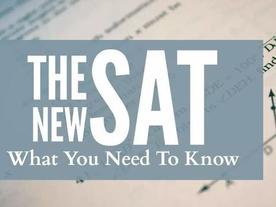

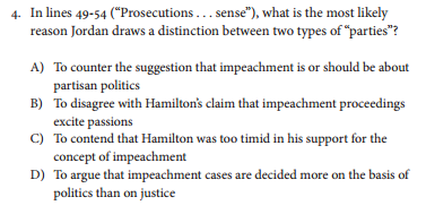
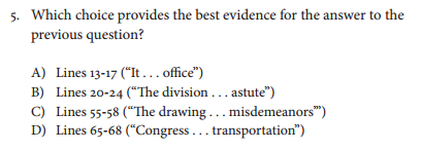
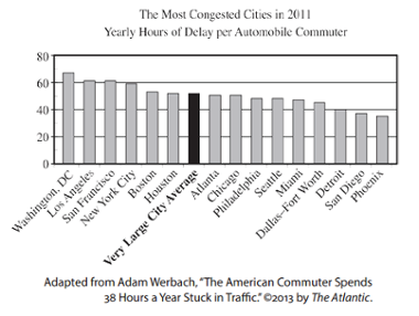
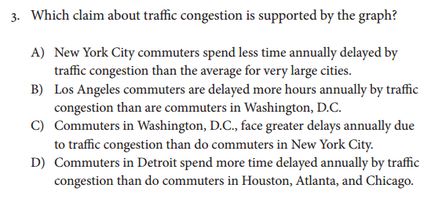
 RSS Feed
RSS Feed